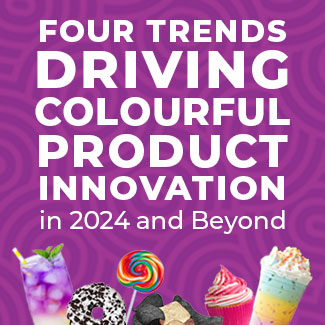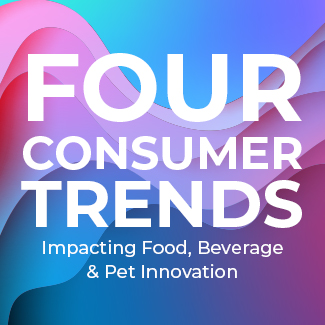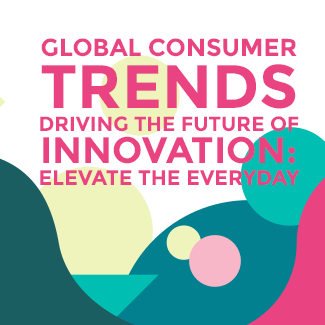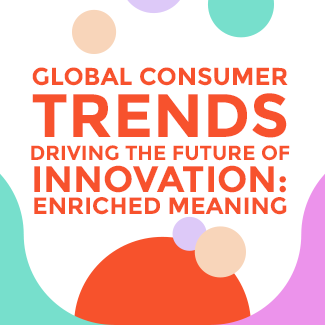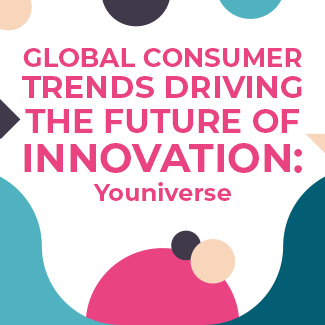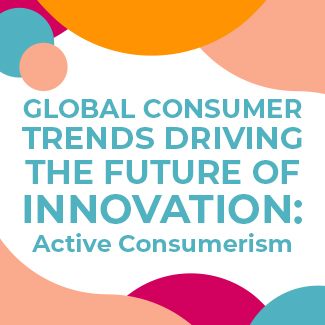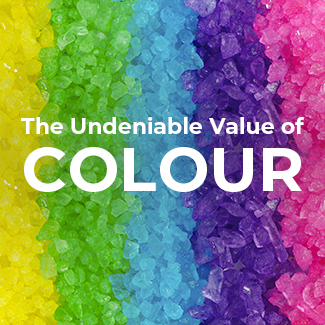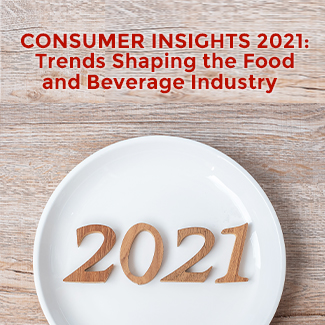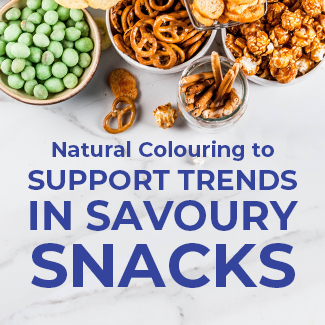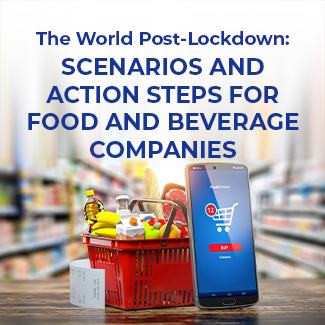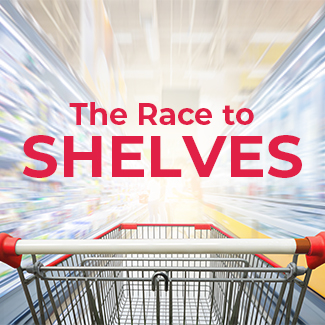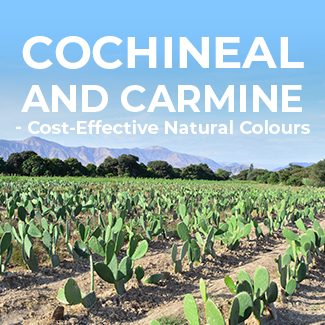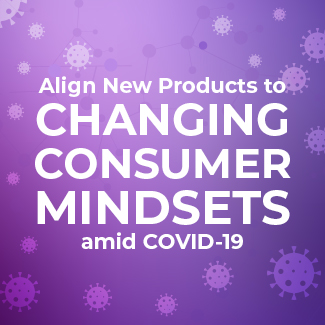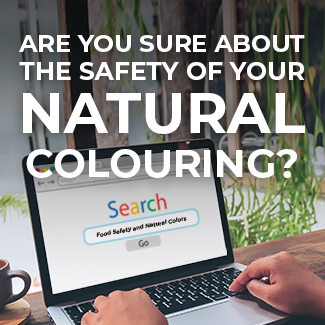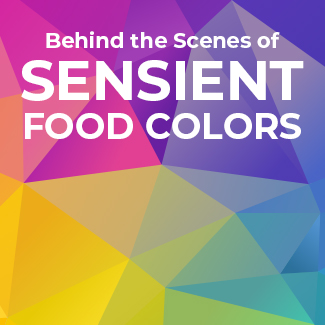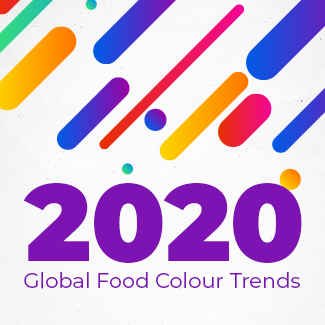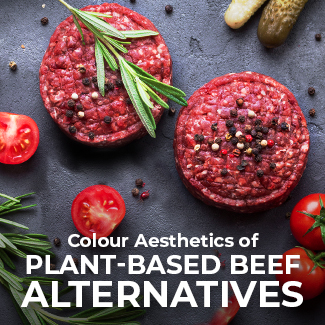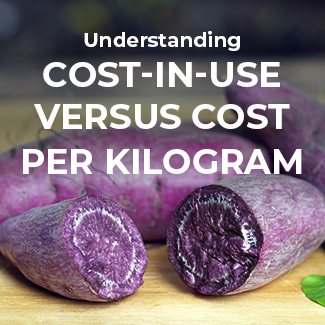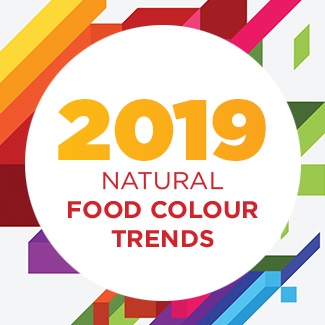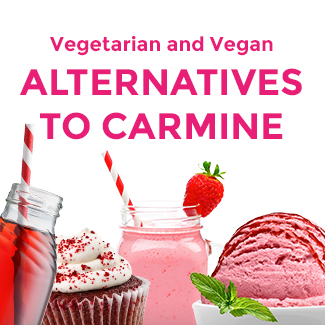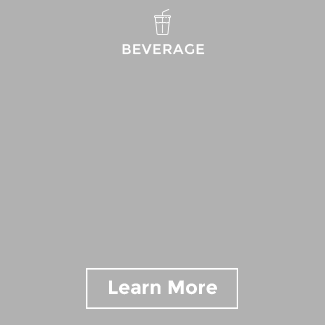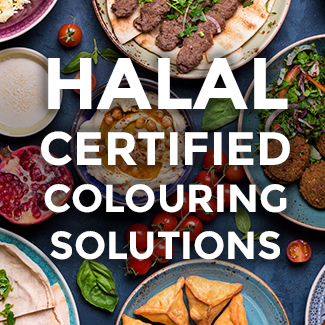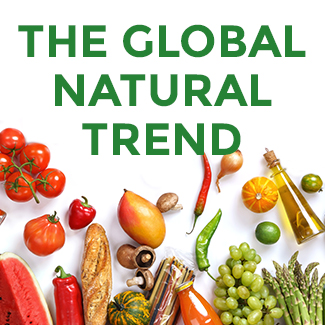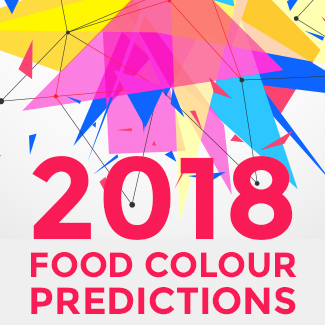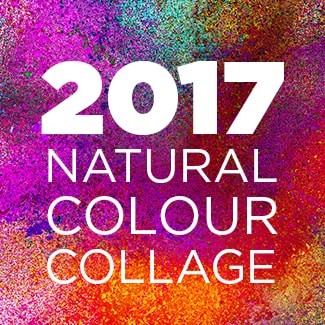Organic Food Colouring: From Farm to Colour
Rising Demand for Organic
In today’s society, food often plays an integral role in our health, well-being and comfort. Amongst the rising food trends, organic has a long history in Europe. According to Mintel, the number of European food and beverage product launches with organic claims has grown by more than 40% since 2015. A key driver for purchasing organic is the belief by European consumers that organic is “better for you’”, as it is perceived to be more natural:

Retailers are capitalizing on the growing demand for organic food through their own products, as well as a number of branded offers. Emphasis is put on growing both the breadth and depth of assortment of organic products. The aim is to attract the most diverse range of shoppers with both affordable and premium options, such as everyday value to more premium products or regional produce alongside fine manufactured foods. Former specialist-trade organic brands are beginning to enter the mainstream retail channel, while smaller brands continue to emerge.
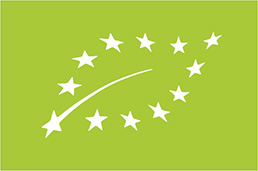
Certified organic via DE-ÖKO-003
The EU Organic Logo
Since July 2010 the organic production logo of the European Union has been introduced and can be found next to other regional bio logos on a multitude of products across the EU. A product is allowed to carry the logo once it has been certified, and only if a minimum of 95% of ingredients from agricultural origin comes from organic produce. Additives are avoided and need to be authorized for use in organic production, in accordance with Article 21 of EU Regulation 889/2008. The use of non-organic ingredients of agricultural origin in processing food is strictly limited to a list of ingredients defined in Annex IX to Article 28 of EU Regulation 889/2008. Examples include maracujas (passion fruit) and dried raspberries.
Likely the consistent usage of the EU organic logo combined with clear regulation has resulted in European consumers having a high awareness of what an organic product actually means. Since 2017, this awareness has been probably grown:

Certified Organic Solutions that Impart Colour
If brands want to use the EU Organic logo on their packaging, the best option for colouring is a certified organic solution. When it comes to solutions with colouring properties being “Certified Organic,” the supply of organic botanicals is self-explanatory.
Given the expansion of organic food and drink offerings in the market, Sensient is pleased to present a new range of organic solutions with colouring properties in our broad portfolio. The concentrates are based on carefully selected edible plant sources from organic production. Originating from traditional foods such as carrot or beet, they provide a variety of vibrant shades with excellent stability and colouring efficiency for a wide range of applications.
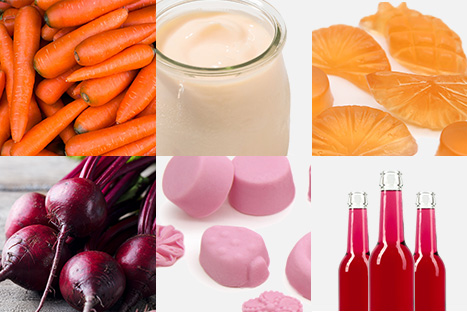
We are committed to consistent colour innovation, and are looking forward to assisting you with your individual needs for the right colour solution.




